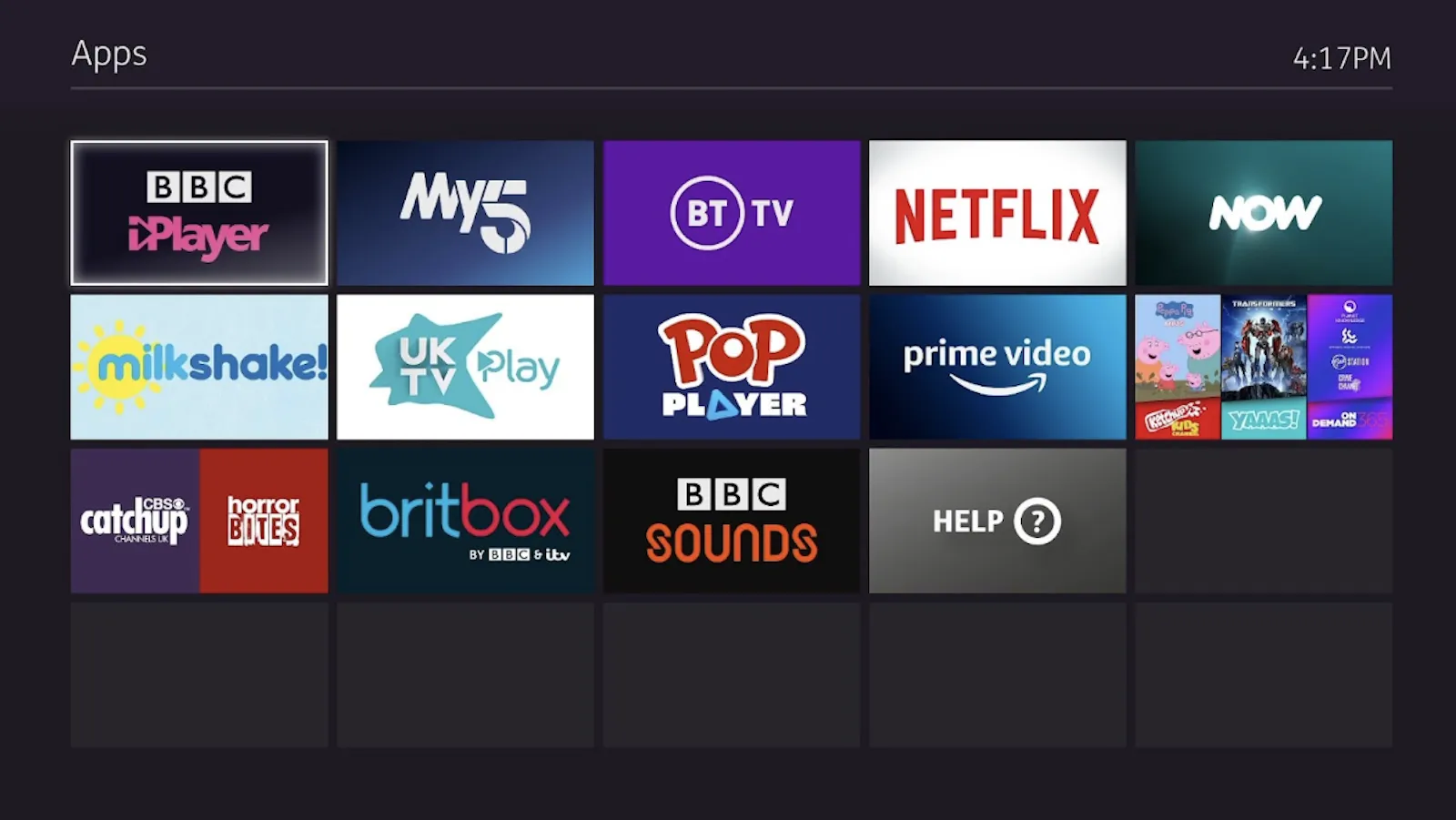The Innovative Intersection of Cinema and Digital Entertainment: Examining the Influence of Film and Gaming

The Rise of Streaming and Interactive Cinema
Over the past decade, streaming platforms such as Netflix, Amazon Prime, and Disney+ have revolutionized the way we watch movies and TV shows. Audiences are no longer bound by the constraints of movie theaters or scheduled television programming. Instead, they can access content anytime, anywhere. This shift has prompted filmmakers and studios to rethink how they engage with viewers, leading to the development of interactive films and series that give audiences the power to influence plot points and outcomes.
One notable example of this trend is Netflix's Black Mirror: Bandersnatch, an interactive movie where viewers make choices for the main character, determining the storyline's direction. This fusion of gaming mechanics with cinematic storytelling has opened the door for a new form of entertainment that caters to a generation raised on video games. While interactive cinema has yet to become the norm, it’s clear that the boundaries between film and video games are dissolving. The influence of digital media, particularly games, is reshaping how stories are told in the film industry.
The Cinematic Appeal of Video Games
Video games have long been recognized as a form of entertainment that combines storytelling, art, and technology. Modern games like The Last of Us, Red Dead Redemption 2, and God of War have been lauded for their cinematic qualities—rich narratives, emotionally complex characters, and stunning visuals that rival those of blockbuster films. Many games now feature cutscenes and scripted moments that feel like they could belong in a movie. This cinematic approach to game design has made video games more accessible to wider audiences, attracting not only gamers but also film enthusiasts who appreciate storytelling.
The crossover between these two mediums is evident in the increasing number of film adaptations of popular video games, such as Tomb Raider, Sonic the Hedgehog, and the upcoming The Last of Us series. Moreover, the integration of well-known actors into video games, such as Keanu Reeves in Cyberpunk 2077 or Norman Reedus in Death Stranding, further blurs the line between Hollywood and the gaming industry. With the rise of motion capture technology and the use of real actors to portray game characters, the visual and narrative overlap between these two forms of media is stronger than ever.
Online Slots: A Surprising Intersection of Cinema and Gaming
One area where cinema’s influence on digital entertainment is less expected, yet increasingly evident, is in the world of online slots. Traditionally seen as simple, luck-based games, online slots have evolved significantly in recent years to incorporate elements of storytelling, cinematic visuals, and immersive experiences. Modern online slots often feature detailed narratives, high-quality animations, and soundtracks that mirror the production values of mainstream films.
Many slot games are themed around popular movies and TV shows, offering players the chance to interact with characters and settings from their favorite franchises. This fusion of cinema and gaming provides a new form of engagement for audiences who enjoy both mediums. For instance, there are online slots based on blockbuster franchises like Jurassic Park, The Dark Knight, and Game of Thrones, where players can immerse themselves in the cinematic worlds of these iconic films and shows while enjoying the thrill of gambling. The visual and auditory elements in these games are designed to create an experience akin to watching a movie unfold before the player’s eyes, but with the added dimension of interactivity.
The Future of Digital Entertainment: A Blend of Film and Gaming
As digital technologies continue to evolve, the relationship between cinema and gaming will likely deepen. Virtual reality (VR) and augmented reality (AR) are already pushing the boundaries of what is possible in both industries. VR films, where viewers are placed directly into the action and can look around a 360-degree environment, are creating immersive experiences that rival traditional film viewing. Similarly, VR games offer a heightened level of immersion, making players feel as though they are truly part of the story.
In addition, the growing popularity of platforms like Twitch and YouTube, where gamers livestream their experiences to millions of viewers, is further merging the worlds of gaming and cinema. Some gaming streams have even taken on a narrative form, with streamers using storytelling techniques similar to those seen in films to engage their audiences.
This article was prepared using information from open sources in accordance with the principles of Ethical Policy. The editorial team is not responsible for absolute accuracy, as it relies on data from the sources referenced.